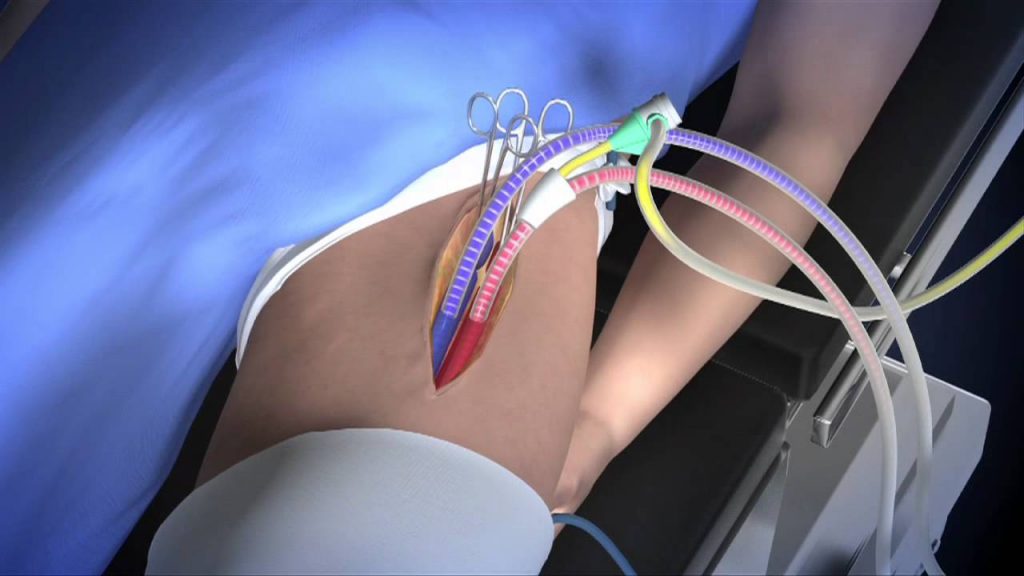A Novel Adaptor System Enables Endovascular Access Through Extracorporeal Life Support Circuits

Objective
Extracorporeal life support has traditionally been used as a supportive platform for patients with cardiopulmonary failure. Many of these patients require endovascular access for the performance of diagnostic or therapeutic procedures, and obtaining vascular access in these patients can be problematic. We sought to develop a novel system that allows the extracorporeal life support circuit to serve as an access point to the cardiovascular system.
Methods
By using computer-aided design, modeling, and 3-dimensional printing, a novel adaptor that can be easily inserted and removed from an extracorporeal life support circuit was developed. A mock loop was used to measure flow and pressure at various pump speeds with insertion of guidewires and catheters through the adaptor. The ability of the system to enable performance of endovascular procedures in vivo was then tested in a porcine extracorporeal life support model.
Results
By using a small arterial cannula (15F) at 3500 RPM and 3.2 LPM, 15% and 24% decrements in circuit flow were observed when a 0.035” guidewire and 5F angiography catheter, respectively, were passed through the adaptor (P < .001). However, when using a larger arterial cannula (23F) at 3500 RPM and 4.7 LPM, only 3% and 5% decrements in flow were observed (P < .001), respectively, with intermediate changes when using 17F to 21F cannulas. In vivo testing confirmed that this system enables the performance of a variety of endovascular procedures, including left ventriculography, aortic root and coronary angiography, and descending aortography.
Conclusions
This novel system successfully enables endovascular access through an extracorporeal life support circuit. This technology may transform extracorporeal life support from a purely supportive strategy to a platform for endovascular intervention.
